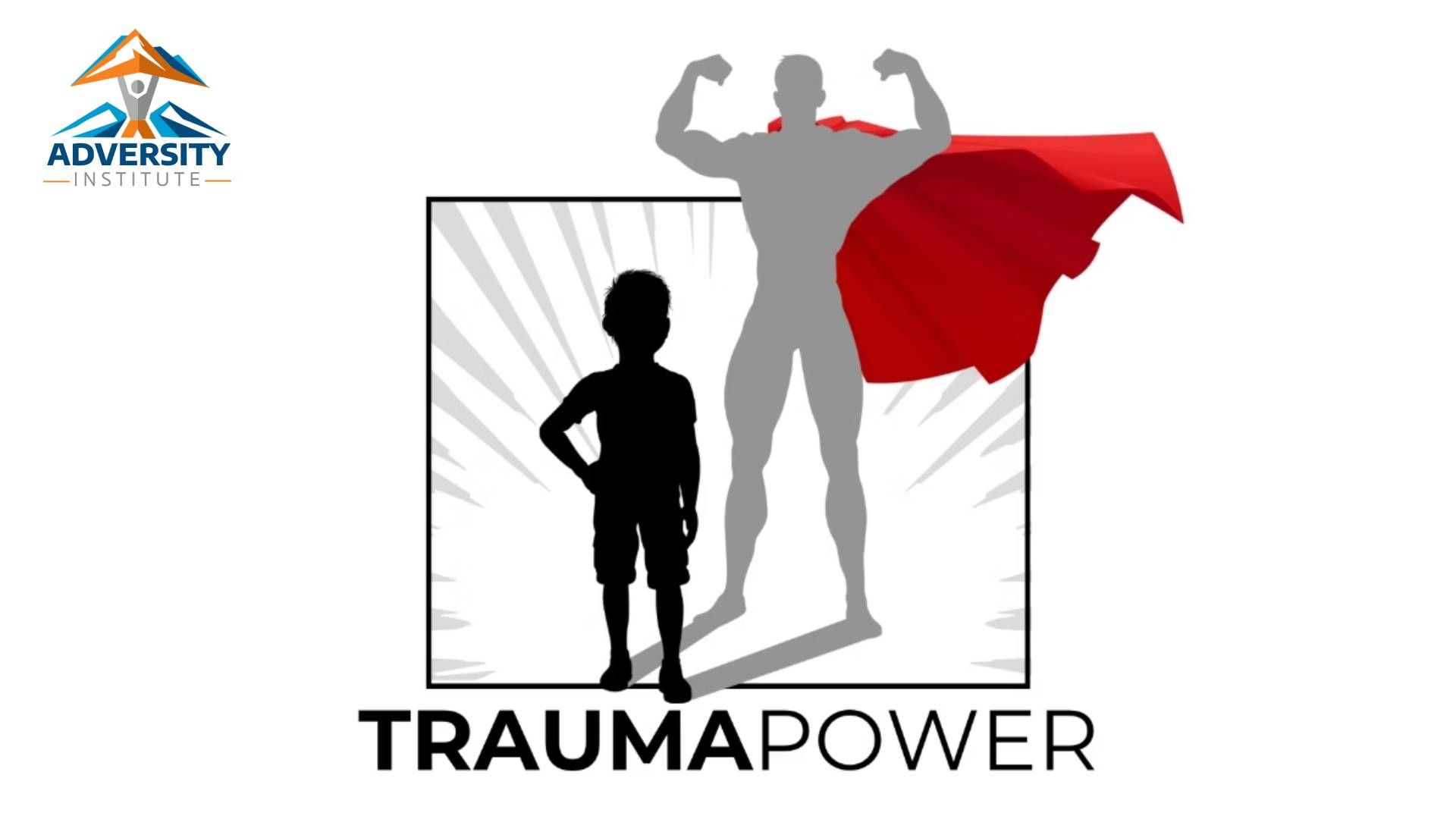Trauma Power: Harnessing Past Traumas as a Superpower for Life
Nov 28, 2024
Introduction
Traumatic experiences can deeply impact our lives, often manifesting as stress, depression, and feelings of worthlessness. However, these experiences can also be viewed as formidable adversities we have overcome, similar to completing a grueling triathlon or scaling a challenging peak. By reframing our perspective, we can transform past traumas into powerful tools that bolster our resilience and drive us toward greater achievements.
Understanding Trauma and Resilience
Research has shown that trauma can have profound psychological effects, leading to conditions such as post-traumatic stress disorder (PTSD), anxiety, and depression. However, there is a growing body of evidence suggesting that trauma can also be a catalyst for personal growth, a concept known as post-traumatic growth (PTG). PTG refers to the positive psychological change experienced as a result of the struggle with highly challenging life circumstances.
Research Insights
-
Post-Traumatic Growth: Studies by psychologists Richard Tedeschi and Lawrence Calhoun have identified PTG as a significant phenomenon where individuals report positive changes following traumatic experiences. These changes include enhanced personal strength, improved relationships, a greater appreciation for life, and new possibilities for the future .
-
Resilience: Research by Ann Masten and others highlights that resilience is not a rare trait but a common response to adversity. People often exhibit a remarkable capacity to adapt and recover from trauma, showing that resilience can be cultivated and strengthened over time .
-
Neuroplasticity: Neuroscientific research indicates that the brain has a remarkable ability to reorganize itself by forming new neural connections throughout life. This neuroplasticity means that even after traumatic events, individuals can learn new ways of thinking and behaving that promote recovery and growth .
Reframing Trauma as Strength
The key to transforming trauma into a superpower lies in reframing our perspective. Instead of viewing traumatic experiences as sources of permanent damage, we can see them as challenges that we have surmounted. This shift in mindset can empower us to leverage our past adversities as sources of strength and motivation.
A Program for Transforming Trauma into Power
1. Acknowledge and Accept
- Step 1: Create a safe and supportive environment where individuals can openly acknowledge their traumatic experiences without fear of judgment.
- Step 2: Encourage acceptance of these experiences as integral parts of their personal history.
2. Cognitive Restructuring
- Step 3: Utilize cognitive-behavioral techniques to help individuals identify and challenge negative thought patterns related to their trauma.
- Step 4: Replace these patterns with positive, empowering thoughts that emphasize their strength and resilience.
3. Strength Identification and Cultivation
- Step 5: Guide individuals to identify specific strengths and skills they developed as a result of overcoming their trauma (e.g., problem-solving, empathy, perseverance).
- Step 6: Provide opportunities for them to further cultivate these strengths through targeted activities and challenges.
4. Narrative Therapy
- Step 7: Engage individuals in narrative therapy, where they rewrite their personal stories to highlight their resilience and growth.
- Step 8: Encourage sharing these stories with supportive communities to reinforce their new, empowered identities.
5. Goal Setting and Achievement
- Step 9: Assist individuals in setting meaningful, achievable goals that align with their newfound strengths and aspirations.
- Step 10: Offer continuous support and resources to help them achieve these goals, reinforcing their sense of accomplishment and self-worth.
6. Community and Support Networks
- Step 11: Foster a sense of community by connecting individuals with support groups and networks of people who have experienced similar traumas.
- Step 12: Promote mutual support and shared growth within these networks, creating a collective source of strength.
Conclusion
By reframing traumatic experiences as sources of strength and resilience, individuals can transform their past adversities into powerful tools for personal growth and achievement. Implementing a structured program that acknowledges trauma, cultivates strengths, and fosters community can empower individuals to harness their trauma as a superpower, enabling them to overcome future challenges with renewed confidence and purpose.
Sources
- Tedeschi, R. G., & Calhoun, L. G. (2004). Posttraumatic Growth: Conceptual Foundations and Empirical Evidence. Psychological Inquiry, 15(1), 1-18.
- Calhoun, L. G., & Tedeschi, R. G. (2006). The Foundations of Posttraumatic Growth: An Expanded Framework. In L. G. Calhoun & R. G. Tedeschi (Eds.), Handbook of Posttraumatic Growth: Research and Practice (pp. 1-23). Lawrence Erlbaum Associates.
- Masten, A. S. (2001). Ordinary Magic: Resilience Processes in Development. American Psychologist, 56(3), 227-238.
- Doidge, N. (2007). The Brain That Changes Itself: Stories of Personal Triumph from the Frontiers of Brain Science. Viking Penguin.
By implementing these steps, individuals can transform their trauma into a source of empowerment, enabling them to face life's challenges with renewed strength and purpose.
